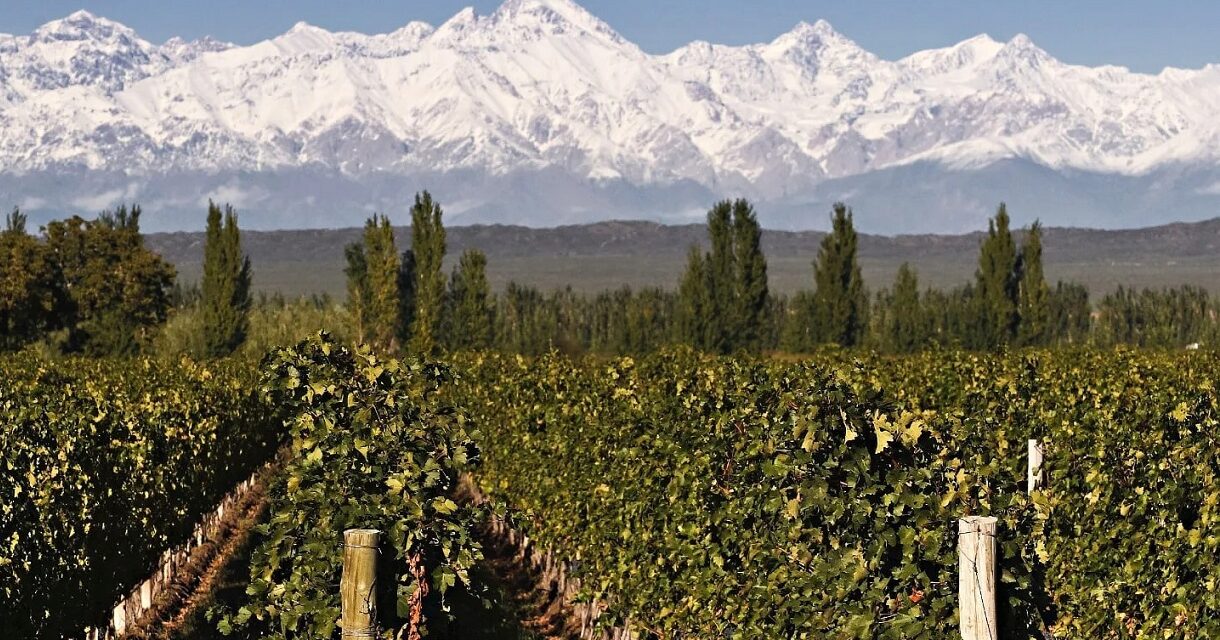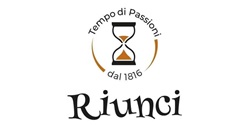BUENOS AIRES – Argentina may face an unprecedented low grape harvest this year. The National Institute of Viticulture anticipates a 21% drop in production compared to the previous year, with some local producers experiencing losses exceeding 50% of their grapes.
Over the past 12 years, the standard grape harvest has averaged around 5.1 billion pounds. Yet, as of March 26, figures from the National Institute of Viticulture revealed that nearly 2.6 billion pounds of grapes had been gathered. The same governmental body estimates that by the close of the harvest season, which is only a few weeks away, a total of 3.3 billion pounds will be collected. If this estimate is accurate, it will mark the smallest harvest in Argentina’s recorded history since 1960.
Argentina’s renowned grape harvest is facing an unprecedented decline this year due to a combination of factors, including extreme weather events and dwindling vine acreage. The late spring frost in 2022 was particularly damaging, as a polar cold front on October 31 and November 1 sent temperatures plummeting to 23–26℉. Compounding the problem, the Andes Mountains experienced low snow accumulation, leading to reduced water availability for vine irrigation. This coincided with Argentina’s hottest summer in 117 years, further stressing the grapevines.
The decline in grape harvest is also attributed to shrinking vineyard acreage, particularly for high-yield Criolla grapes, and fewer producers replanting vines that have reached the end of their life cycle. Despite these challenges, winemakers remain optimistic about the quality of this year’s wines.
The Mendoza region in western Argentina, which accounts for approximately 78% of the country’s wine production, has been hit hard by extreme heat, drought, hail, and frost. The full extent of the climate events’ impact on this year’s grape harvest won’t be fully understood until May. As Argentina grapples with La Niña, a periodic weather phenomenon that exacerbates drought conditions, the race is on to salvage the grape harvest in the esteemed Mendoza region.
The 2022 harvest decline is expected to significantly affect the wine industry. Additionally, Argentina’s soaring inflation rate of 94.8% in 2022 is eroding consumer purchasing power. In response, the government has introduced a preferential exchange rate for wine exporters, dubbed the “Malbec dollar” by local media. This measure aims to mitigate the effects of exchange rate fluctuations, similar to the strategy employed for the country’s main export product, soy.
Argentina is internationally renowned for its Malbec grape, a Bordeaux variety introduced from France in the mid-19th century. Other red grape varieties cultivated in the country include Cabernet Sauvignon, Merlot, Bonarda, Syrah, Tempranillo, and Pinot Noir while Riesling, Sauvignon Blanc, Chardonnay among whites. Despite the challenges faced this year, the resilience of Argentina’s wine industry and its commitment to producing quality wines will be essential in overcoming these obstacles.










